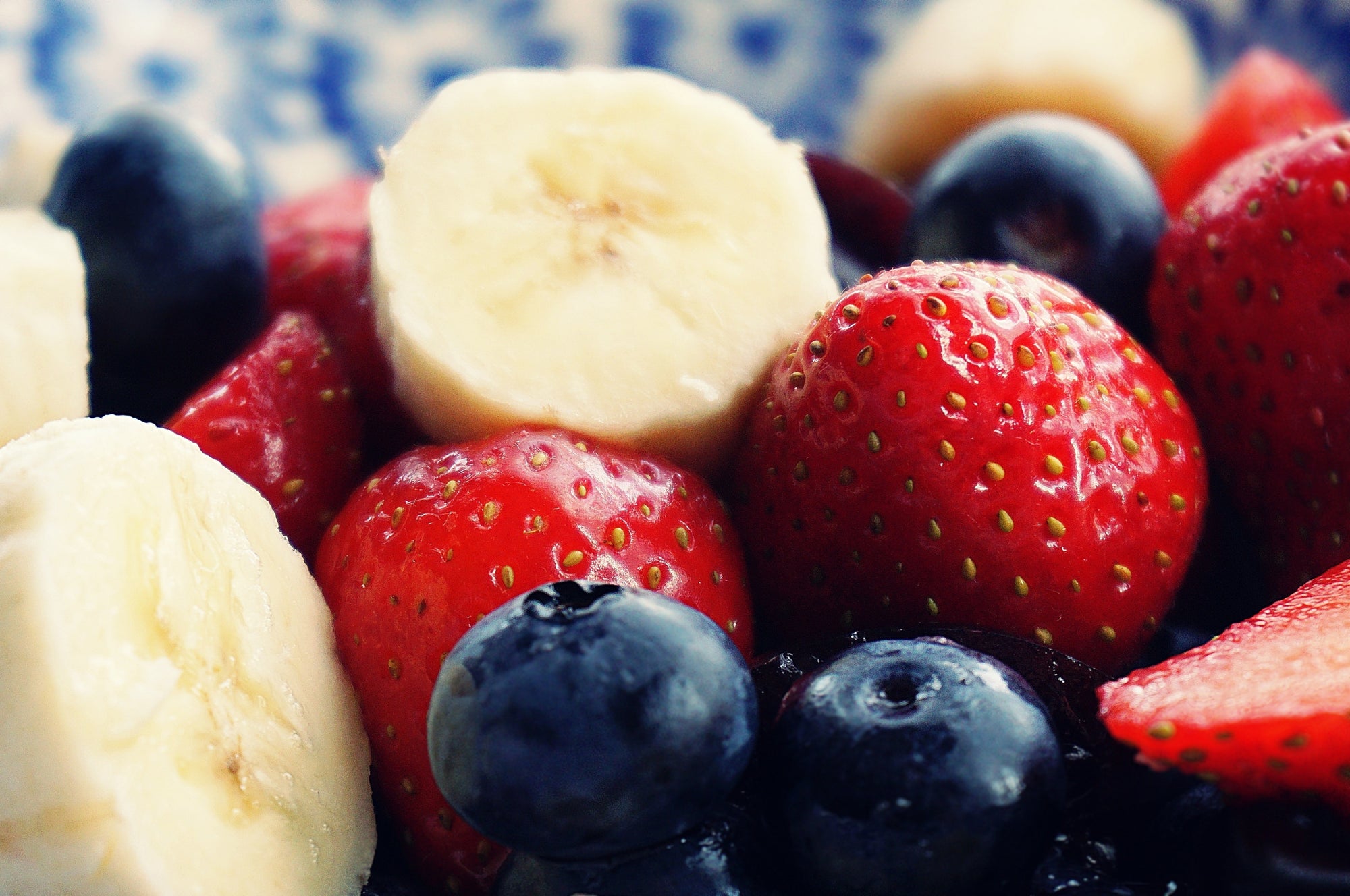Types
There are many ways to categorize and classify antioxidants, but the easiest way to think about them (and more importantly utilize them) are in 2 broad categories. The technical terms are Endogenous and Exogenous. Those created inside the body and those we must consume from external sources.The internal, or Endogenous variety, are mostly enzymes. Like superoxide dismutase (SOD), glutathione peroxidase, glutathione reductase, CoQ10 and catalases. To create them, the body needs things like iron, copper, magnesium, selenium and zinc. It obtains those cofactors from what we eat, drink and supplement with. Therefore, it’s important to choose foods as nutrient rich as possible and if you are going to use supplements, use the ones that are whole food in nature, not just single ingredients.
The exogenous, or external, antioxidants are vitamins (i.e. C, A, E, K), folic acid, beta carotene, etc as well as phytochemicals like carotenoids, flavonoids and resveratrol. Like the cofactors above, they come from the food, drinks and supplement we consume. However, unlike the cofactors, these come ready to fight and are not used as building materials to create other antioxidants.
How do they work?
Staying in those two broad categories, internal and external, also helps delineate how the antioxidants function. All antioxidants ultimately do the same thing. They freely give/donate their electrons to the oxidants, to keep the oxidants from stealing the electrons they crave from other biologically vital locations. Like our cells, organs, tissue, DNA, etc.The difference in function is not a matter of how so much as where.
The enzymatic and internal antioxidants target the free radical oxidants themselves. They are much larger than the external and typically absorb the attacking oxidants, converting them into harmless hydrogen peroxide and finally into water that is ultimately flushed from our systems. Sort of like falling on a grenade.
The external antioxidants are much smaller and operate in a scavenging mode. They are more offensive than defensive and operate by interjecting themselves into free radical chain reactions that if left alone would otherwise compound, worsen and create in serious oxidative stress and damage. They perform a first sweep which keeps our more vital and difficult to create internal antioxidants from being depleted faster than we can make them.
A Balanced Approach
For most areas of life, we function best when balanced. Biologically, our body is the same way. We need to maintain good nutrition so our internal antioxidants have the necessary nutrients to pull from when needed. We also need good exercise to create the oxidation levels that trigger our body’s natural antioxidant system. Lastly, we again need that nutritious, balanced diet to provide the external antioxidants. Without them, the body cannot keep up, we quickly become nutrient deficient and our body ages quicker, sickness increases and chronic conditions take hold.We’ll detail how Vitev water helps keep you in balance in a future post.



